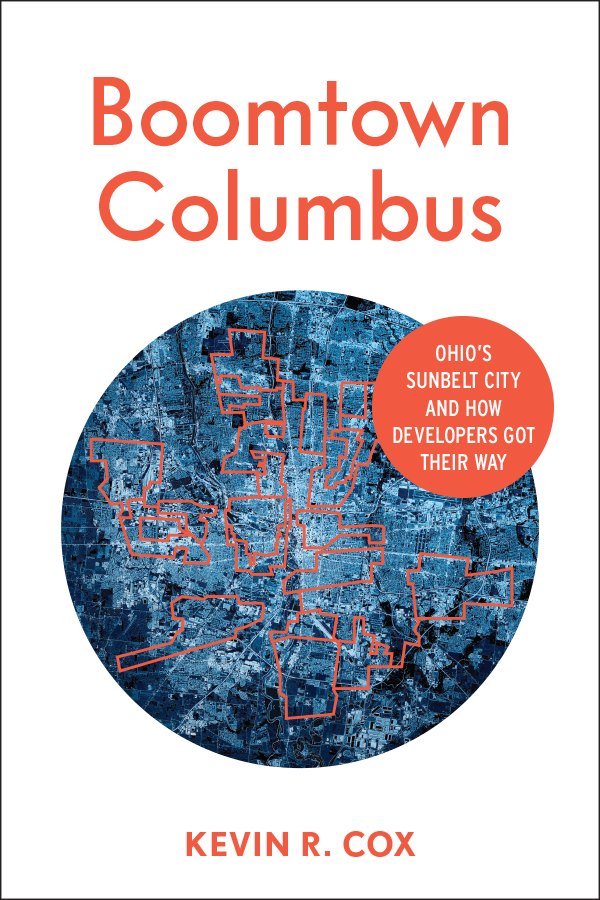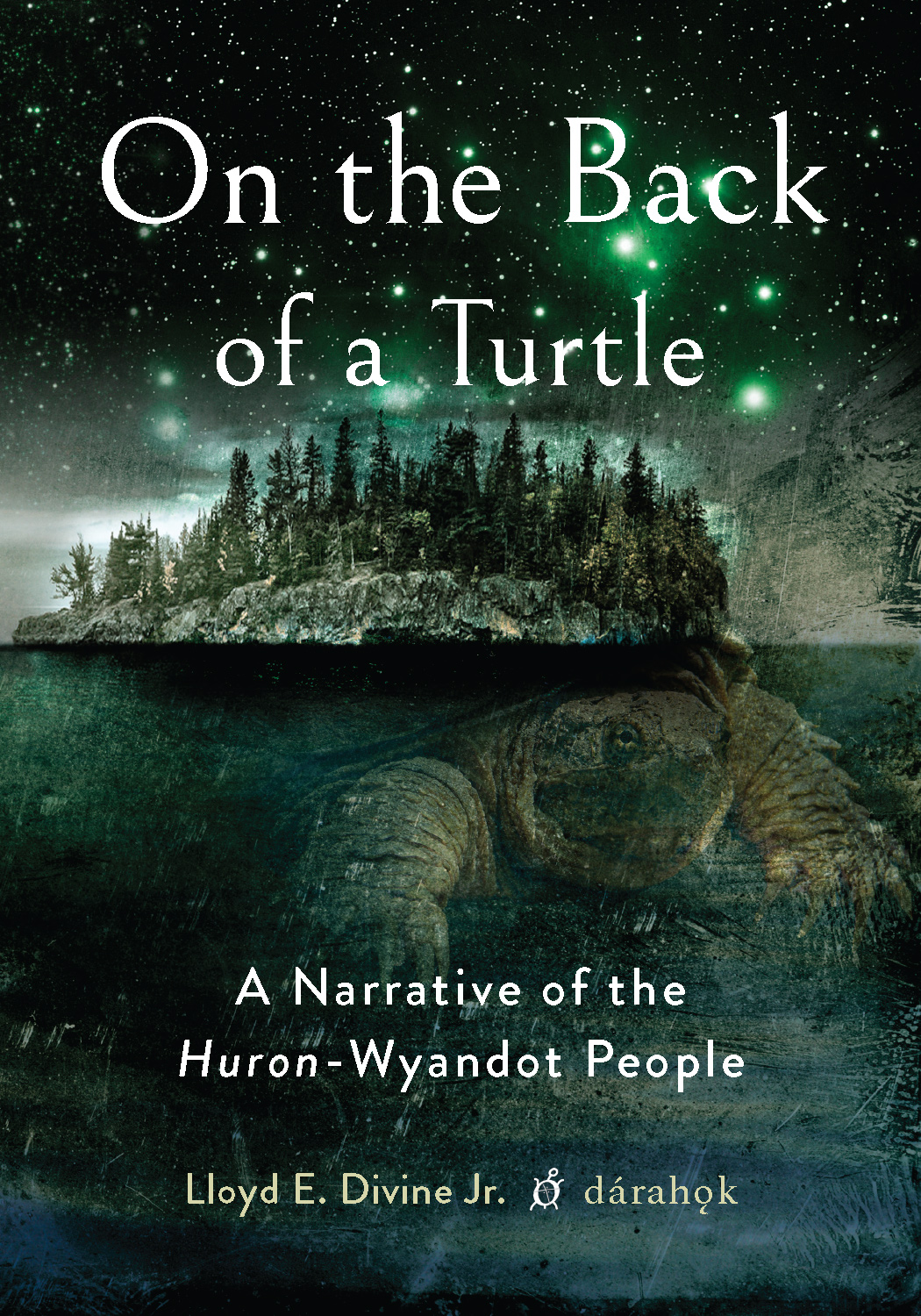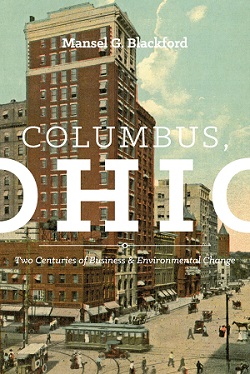“This volume reveals the beauty and precision of Indigenous science demonstrated through the Newark Earthworks and the urgent efforts to care for this sacred place in our time. The diversity of voices and insights makes clear that the Earthworks are still gifting us with knowledge written on the land.” —Sonya Atalay (Anishinaabe-Ojibwe), author of Community-Based Archaeology: Research with, by, and for Indigenous and Local Communities
“The Fertile Earth and the Ordered Cosmos allows you to explore the awe, beauty, and genius of the Newark Earthworks and why they are just as significant as Stonehenge, the Colosseum, the Pyramids, or other world wonders. These essays reflect the work that is ongoing to center Indigenous voices in interpreting these places. Whether the Newark Earthworks are in your backyard or a globe away, these essays will illuminate their extraordinary human story, made of earth, one basket at a time.” —Megan Wood, executive director and CEO, Ohio History Connection
“The dazzling site known as the Newark Earthworks has mystified, inspired, and captivated humans for millennia. Even today, it precisely charts the heavens and offers a place to consider the biggest questions in the universe. The Fertile Earth and the Ordered Cosmos is the first book to both explore its origins and to show how people in our own time continue to find meaning in its elegant construction.” —Paul Chaat Smith (Comanche), author and curator at the National Museum of the American Indian
Essays and photos honoring the cultural and archaeological significance of Ohio’s first UNESCO World Heritage Site, the 2000-year-old Newark Earthworks.
Rising in quiet grandeur from the earth in an astoundingly engineered arrangement that ancient peoples mapped to the movements of the moon, Ohio’s Newark Earthworks form the largest geometric earthen complex ever known. In the two thousand years of their existence, they have served as gathering place, ceremonial site, fairground, army encampment, golf course, and park. And, at long last, they (along with neighboring sites) were named a UNESCO World Heritage Site in 2023—a designation that recognizes their international importance as a direct link to the ancient past as well as their continuing cultural and archaeological significance.
The lush photos and wide-ranging essays of The Fertile Earth and the Ordered Cosmos honor this significance, not only to the global community but to local individuals and scholars who have developed intimate connections to the Earthworks. In sharing their experiences with this ancient site, public historians, archaeologists, physicists, architects, and others—including local and Indigenous voices—continue the work of nearly two hundred years of citizen efforts to protect and make accessible the Newark Earthworks after centuries of stewardship by Indigenous people. The resulting volume serves as a rich primer on the site for those unfamiliar with its history and a beautifully produced tribute for those who are already acquainted with its wonders.
All proceeds from the sale of this book go to support the Ohio History Connection and the Newark Earthworks Center in their efforts to manage and interpret the site for the world.
M. Elizabeth Weiser is a professor of rhetoric and museology at The Ohio State University, specializing in public memory and national narratives. She is the author of Museum Rhetoric: Building Civic Identity in National Spaces and other books.
Timothy R. W. Jordan worked as an interpreter and site manager for the Newark Earthworks and Flint Ridge Ancient Quarries and Nature Preserve from 2013 to 2022. He is on the English faculty of Zane State College and is a seminarian at Trinity Lutheran Seminary.
Richard D. Shiels is an emeritus associate professor of history at The Ohio State University and the founding director of the university’s Newark Earthworks Center. He is coeditor (with Lindsay Jones) of The Newark Earthworks: Enduring Monuments, Contested Meanings.
Contents
Foreword: Making the Earthworks Public
Richard D. Shiels
Part I. What Are the Newark Earthworks?
A Shawnee Perspective
Glenna J. Wallace
The Mystery in Our Midst
Aaron Keirns
Hard to Describe but Awesome to Experience
Brad Lepper
A Traveling Architect’s View
John E. Hancock
Earthworks Terminology
Richard D. Shiels
The Greatness of the Great Circle
Timothy R. W. Jordan
Part II. Uniting Earth and Sky
Exciting Times
John N. Low
Licking County’s Ancient Treasures
Bill Weaver
Nature and the Newark Earthworks
Jim Williams
How We Found the Lunar Alignments at the Octagon
Ray Hively and Robert Horn
Just How Does the Octagon Align with the Moon?
Richard D. Shiels
The Rhythm of the Moon Written on the Land
Mike Mickelson
The Rest of the Story
Brad Lepper
Part III. What Is World Heritage?
Rising to the Occasion
Stacey Halfmoon
The Newark Earthworks Have Integrity
Brad Lepper
Designating the Octagon and Great Circle as World Heritage Sites
Jennifer Aultman
The Newark Earthworks Have Outstanding Universal Value
Brad Lepper
It Is Time to Prepare for Earthworks Tourism
M. Elizabeth Weiser
What Can America Learn from the Hopewell Ceremonial Earthworks?
Richard D. Shiels
Part IV. Experiencing and Remembering Earthworks
Places of Spirituality, Accomplishment, and Power
Marti L. Chaatsmith
The First Modern Lunar Standstill
Mike Mickelson
Complicated History Is Built into Our Landscape
M. Elizabeth Weiser
Generations of Learners Honor the Earthworks
Mary F. Borgia
The Other Newark Earthworks
Timothy R. W. Jordan
The Life-Changing Potential of Our Earthworks
Richard D. Shiels
Thin Places
Jim Williams
Thinking about Earthworks in New Ways
Timothy R. W. Jordan
Part V. The Ohio Phenomenon
World Heritage for the Hopewell Culture Earthworks
Richard D. Shiels
The Fort Ancient Earthworks: Similar but Different
Brad Lepper
Hopewell Culture National Historical Park: The Hopewell Core
Bret J. Ruby
How the Great Hopewell Road Connected Newark with Chillicothe
Brad Lepper
My Hopewell Pilgrimage between Chillicothe and Newark
Norita Yoder
Part VI. Ancient Communities Coming Together
Indigenous Values Infuse the World Heritage Movement
Christine Ballengee Morris
Licking County’s 14,000-Year History
Timothy R. W. Jordan
Building Earthworks, Building Community
Jim Williams
A Prehistoric Legacy for the Present
Ray Hively and Robert Horn
A 2,000-Year-Old Intellectual Center
Lucy E. Murphy
Part VII. Modern Communities Coming Together
Growing Up in the Mahoning Valley
Jay Toth
Seeing the Moon Again for the First Time
Jeff Gill
Want a Better Community? Be Awestruck
M. Elizabeth Weiser
Drawn Together at Earthworks
Timothy R. W. Jordan
Universal Value and Significance
Hope Taft
A World Heritage Fledgling
Jennifer Aultman
Acknowledgments
List of Contributors





